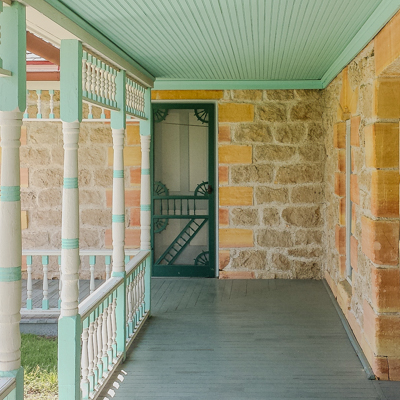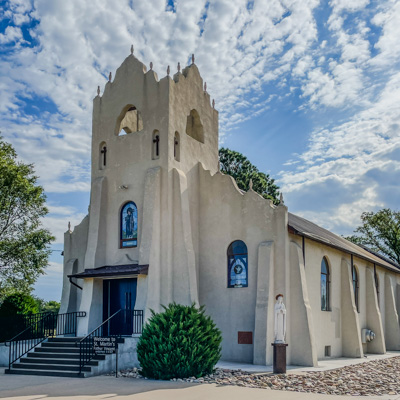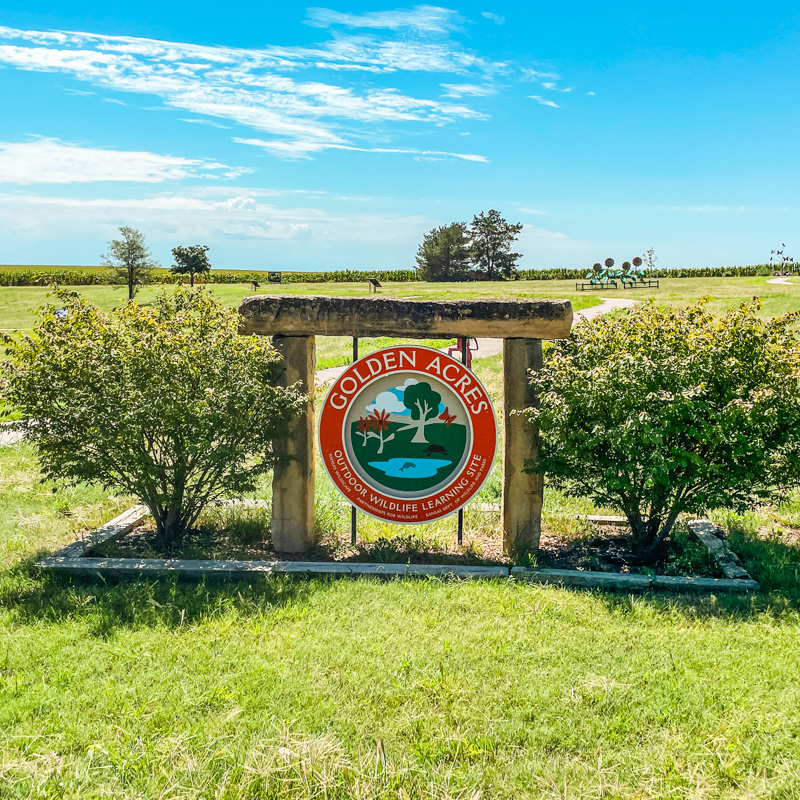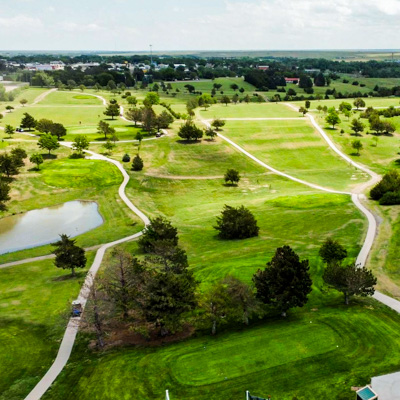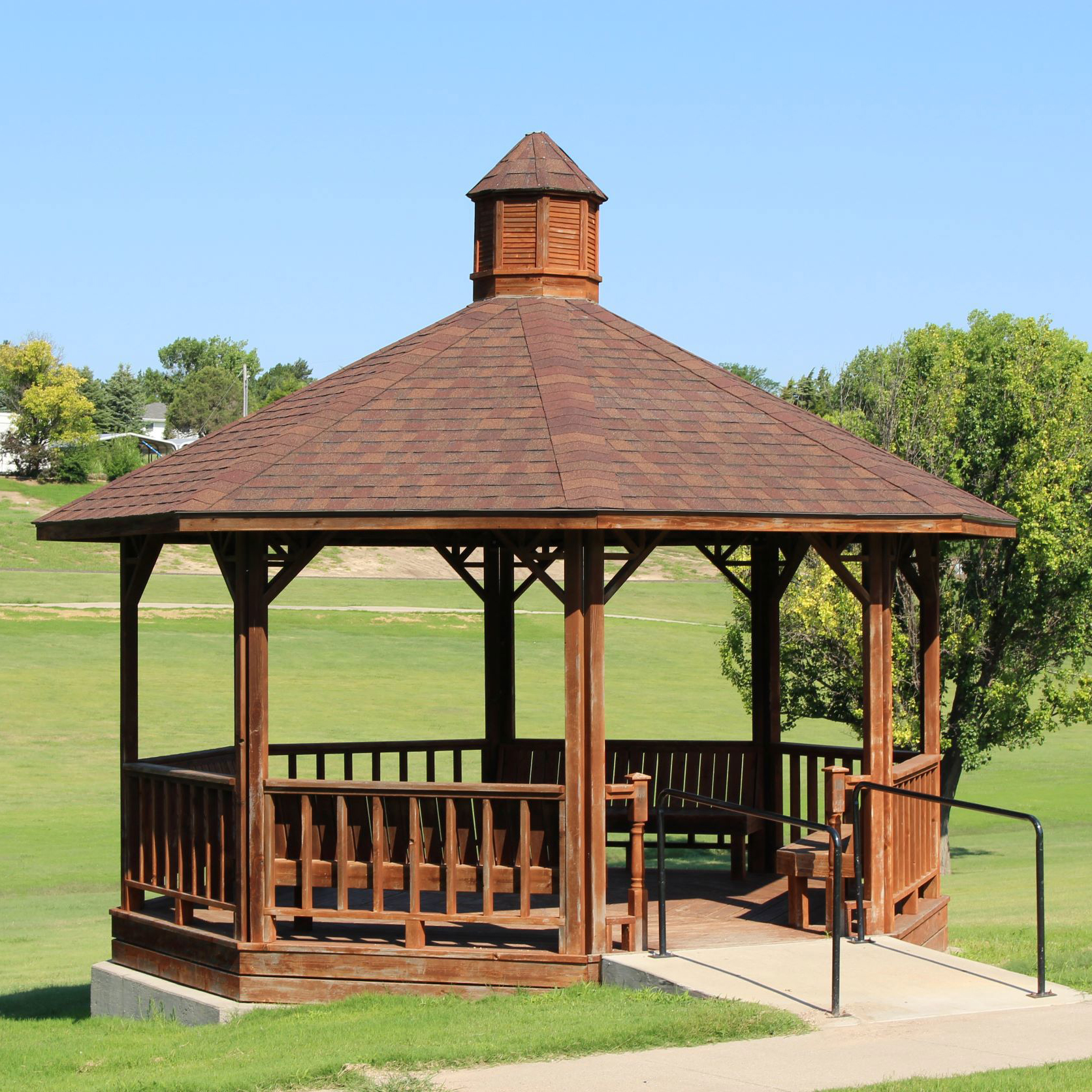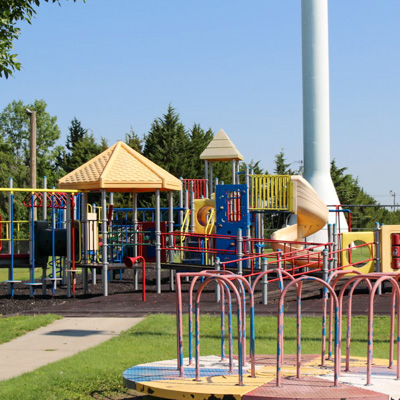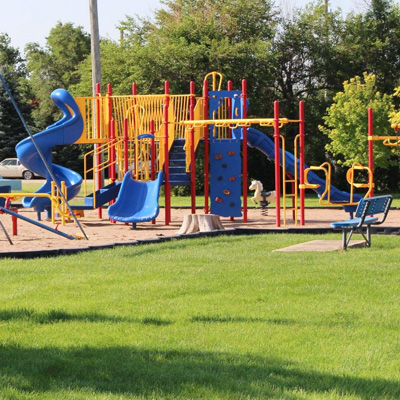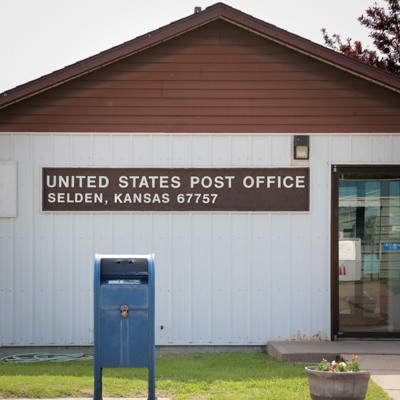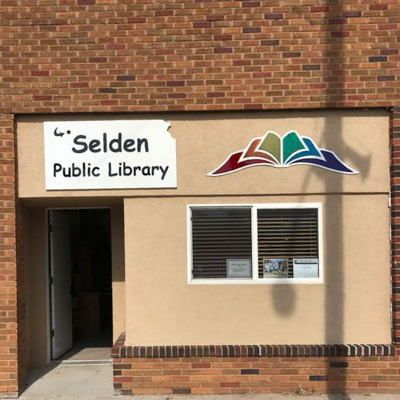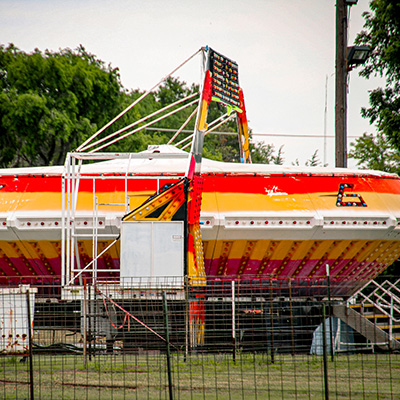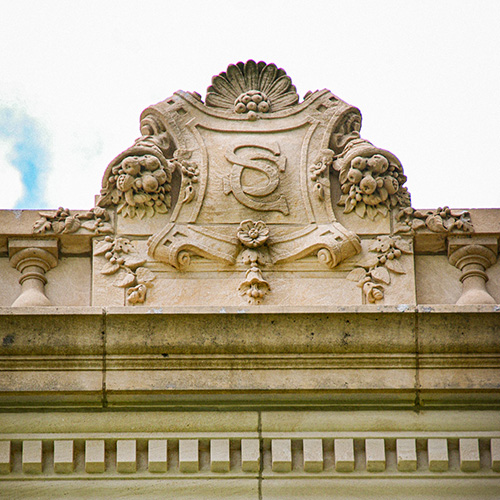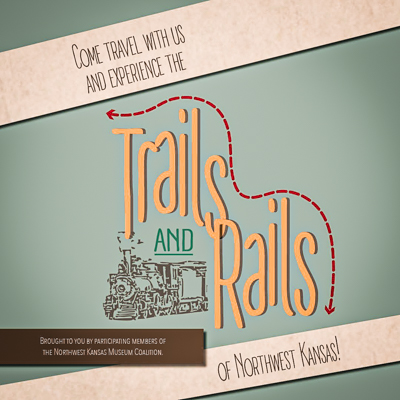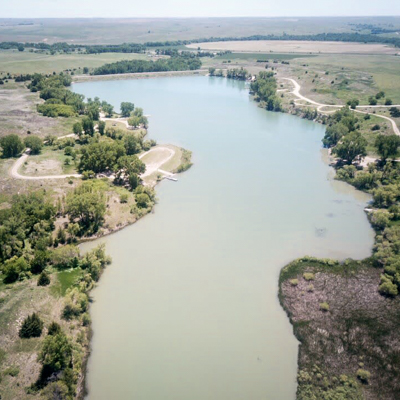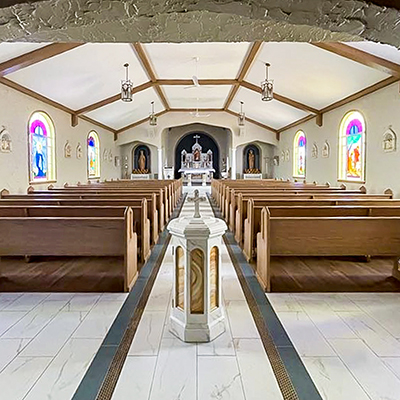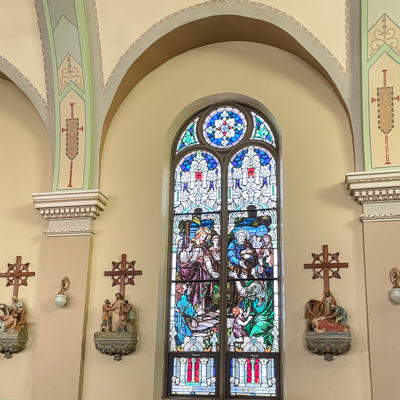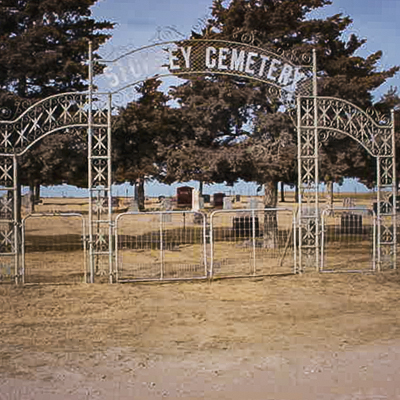Will be open for tours all day until 4pm upon people's arrival for the evening event. John Fenton Pratt came to this area in the late 1800s and established a sheep ranch similar to those in his native England. Visitors will first notice the unusual architectural style and coloring of the one-story stone home. The stone blocks are different colors—shades of pink, pale yellow, and gray with an overall golden tone—because they come from various rock formations. On the porch, notice the stone oval surrounding a stained-glass window. When closed, outdoor storyboards help you tour the ranch. Regular hours: May-September, Thursday-Saturday 9am-12pm; 1-5pm

